Claire Yaffa took her first photograph 45 years ago when her son was 18 months old and it was the beginning of her journey, first as a mother, then as a photographer. She has worked extensively for The New York Times and Associated Press. Her photographs have appeared in countless influential publications and have been exhibited at major venues in the US and around the world.
Leica Notebook, Chapter 13
The advice from photographers who have photographed for many years are the lessons we learn as we begin our journey. We hope to be able to create our own photographs, to become photographers, as we see them creating theirs. Many photographers recognize from the beginning this is a difficult journey. It is not easy to support oneself as a photographer. The direction we select, to be the concerned photographer, expressing, sensuality, feelings of the beauty of our lives or just documenting everyday life. We have all become photographers. We used to be a select few. However, now our world has many competitors as everyone is now a photographer. Welcome! Time passes. When we are in the present, we see, feel and want to preserve our present before it become the past. As we think about our lives, the camera and the photographs we take, help to preserve the past, helping us keep the hope of immortality for us all.
SHELBY LEE ADAMS
“My work has been an artist search for a deeper understanding of my heritage and myself”
Shelby Lee Adams returns to the mountains, the region of Appalachia, renewing and reliving his childhood. He says, “I love these people, perhaps that is it. I respond to the sensual beauty of a hardened face with many scars…the eyes of my subjects reveal a kindness and curiosity…these portraits are in a way self portraits that represent a long autobiographical exploration of creativity, imagination, vision, repulsion and salvation”. His uncle was a country doctor and Adams accompanied him on his house calls opening doors of acquaintance and friendship. He studied at the Cleveland Institute of Art and ashamed of where he came from, told people he was from Cincinnati. However, he returned to Hazard, Kentucky, where he was born and his first photographic subjects were his mother’s parents, grandma and grandpa Blake and his aunt Glade. His mother, an amateur photographer, encouraged him with his art and provided art books for him to see. As he grew up, and saw photographs of people who lived in Appalachia, he felt they were portrayed as poor, impoverished people. He had a different feeling and vision than they did about the people he grew up with and who he was. With his camera and heart he was able to express his feeling of love and respect for the dignity and grace of the people he had grown up with and loved. He has returned each year, keeping in touch with his subjects, presenting them always with the photograph he made, even if a year had passed. He explains, “Art has the ability to change and open us, weaken prejudices, and overcome abuses, so growth and healing can take place….My subjects, whom I photograph, seem to say, ‘this is what I am, all that I am.’” Years of repeated visits have paved this road for him. He says, “I am humbled, honored and privileged to work in this manner. My subjects are symbolic of my own life experiences and is symbolic of the holler where I grew up”.
A respected professor of photography, he has published three books, recently the recipient of a Guggenheim grant. He has received many awards, exhibited and is in the permanent collection of many museums. Shelby Lee Adams seems to say what he heard from the people he has photographed, “this is what I am, all that I am.” His life’s lessons and contribution to the world of photography are part of a learning process which enriches us all.
SLIM AARONS
Photographing Slim Aarons at his home in Westchester, New York, he explained, that after he had photographed the war and its destruction, he wanted to photograph beautiful people in their life style. “I made it my life”, he said. His advice, as a photographer and person was, “SIMPLIFY!” “Everyone makes it a big deal-bull shit-just do it, simplify-plan –take your time-and then you just do it”.
His real name was George Allen Aarons born in 1916 in New York City. At 18 years old, he enlisted in the army, working as a photographer at West Point and later served as a combat photographer in World War II, winning a Purple Heart. Returning from the army, he moved to California and began photographing Hollywood celebrities. He said “my career is photographing attractive people doing attractive things in attractive places.” He published many books and his photographs appeared in Life, Town and Country and Holiday magazines. He photographed the beautiful people; he was welcomed into their homes, traveling to exotic locations without the aid of stylists and other assistants. He created beautiful color photographs because of his unique style and personality. He said, “I am one of them.” “They know and trust me and know I would not do anything to hurt them.” “I knew everyone and they would invite me to their parties as I became one of them He was given access to their surroundings and glamorous lives which he continued to document until his death at the age of 89.
ELLIOTT ERWITT
“I like to photograph dogs. They don’t object to being photographed”.
“The real trick to take pictures is just to be patient and wait for them to happen”.
“Persistence and just one more…the last one can be your best picture”.
Elliott Erwitt was ten years old when his family immigrated to the United States from Russia. Living in Los Angeles, he studied photography and film making. In the United States army, he became a photographer’s assistant and traveled to Germany and France. There, he met Steichen, Robert Capa and Roy Stryker who hired him for a project he was doing for Standard Oil. He became a freelance photographer, joining Magnum in 1953 and began traveling around the world. Erwitt”s photographs are very subtle and often amusing, especially those of his dog series. e documented the places he traveled and his photographs often expressed important issues in society. For example, his famous photograph of a person drinking from one of two water fountains, labeled “black” and “white,” calling attention to the problem of segregation that occurred not so long ago. In an interview with his son Misha who asked about the future of photography, he replied, “Today everyone is a photographer. Photography is not brain surgery. It’s not that complicated, it is easier than before…it’s not the ease, it’s what you do and how you do it and how you construct your life and your vision…noticing possible pictures with or without carrying a camera is fundamental to every working photographer. The photograph, if it communicates, is a very good picture..it is magic..it is something you can’t describe. IT’S MAGIC THAT SOMETIMES HAPPENS”.
JIM MARSHALL
“I never had children…my photographs are my babies, I remain true to them and protect their integrity.”
Jim Marshall was in high school photographing with a brownie camera and saw the school photographer with a Leica. He became obsessed with cameras and cut out photographs of different cameras and their prices and pasted them in a scrapbook. He thinks that was the beginning of his interest in photography that became a career. He later purchased his own Leica and began photographing musicians and artists in San Francisco. He explained how different it was then, “There were no restrictions.,.everything was accessible and easy to get at.”
He documented the most important time in the history of music, photographing legendary concerts. He photographed the Rolling Stone tour for Life magazine for 5 weeks and called it a pharmaceutical tour. He photographed the final Beatles concert, Johnny Cash at his prison concert. Wherever an important musician performed or concert, Jim Marshall was there with his Leicas. He had more than 500 record album covers and published 6 books. He said he documented an important time in the history of music, but did not realize it. He described himself as a fly on the wall, as a reporter with a camera. He was known to always have one camera with him at all times, his Leica. An important person offered him $25,000 to sell the Leica he carried with him, the one he used to photograph Jimi Hendrix. His response was “get the hell out of here!” He captured the essence of his musicians. He said, his work was “not just a job, it has been my life.”
SEBASTIAO SALGADO
“We can change things.” “I shoot globally and I want to show globally.” “I am a different person than when I began this.”
Sebastião Salgado was trained as an economist. He began working as a photojournalist in 1973. He asks questions with his photographs trying to make people aware of problems in the world today. He says he tries with his pictures to raise questions to provoke debate where one can have discussions and try to find solutions for the world challenges. He photographs human beings in their environment with dignity. As he describes a major exhibition of photographs “Migrations:Humanity in Transition,” he explains, “each of my stories is about globalization and economic liberalization: a sample of the human condition on the planet today.” He has traveled the world for more than 30 years. “At times, he says, I would forget where I was. =Cairo, Jakarta, Mexico City? Everywhere there are the same islands of wealth amid poverty.” A socially concerned photographer, he aggressively targets the injustices he sees and documents his concerns, thoughts and feelings with his photography. “The truth about human beings seems to be the truth of violence. Poverty and the destruction of the planet go hand in hand…every photographer has his own visual language. I know of no other way of working. I take photographs the way I see them, with the light I have known, with the life I have had.” After traveling to impoverished corners of the world, he has not given up hope for the world. He believes individuals can make a difference. Salgado addresses his concerns for humanity with his photographs which continue to make people aware of problems in the world.
ERICH LESSING
“I saw my job as providing photo documentation.”
Erich Lessing, in addition to being an extraordinary photojournalist, went beyond reportage. He documented historic moments in our history such as The Hungarian revolution of 1956 and captured unforgettable portraits of the “Freedom Fighters” in Budapest. He got close to the action, in the tradition of Robert Capa, he also became fascinated by art and the artist. He traveled throughout the world documenting historical subjects and fine art. His portraits of renowned conductor and composer Herbert von Karajan captured the genius of two artist, musician and photographer.
After 1960, he photographed musicians, poets, astronomers, archeologists etc. and “Photographic Evocations” was published, one of his 50 books that are all now part of his archives in the “Erich Lessing Culture and Fine Arts Archive.” This is an extensive image library, founded by Erich Lessing, including his photography of the many subjects of fine art, religion, history, music, archeology, mythology, portraits and his documentary reportage.
Born in 1923, in Vienna, Austria, he left for Israel in 1939 because of the German occupation. His mother remained and was killed in Auschwitz. In Israel, he worked in a kibbutz and photographed kindergarten classes. Eventually he began photographing for the British army. When he returned to Austria, he worked for Associated Press. In 1951 he became the tenth member of Magnum’s photographic agency. A renowned teacher of photography, he was the recipient of many awards. He is married to a journalist, the father of three children and grandfather to three.
– Claire Yaffa
You can also see more of Claire’s work on her website, www.claireyaffa.com.
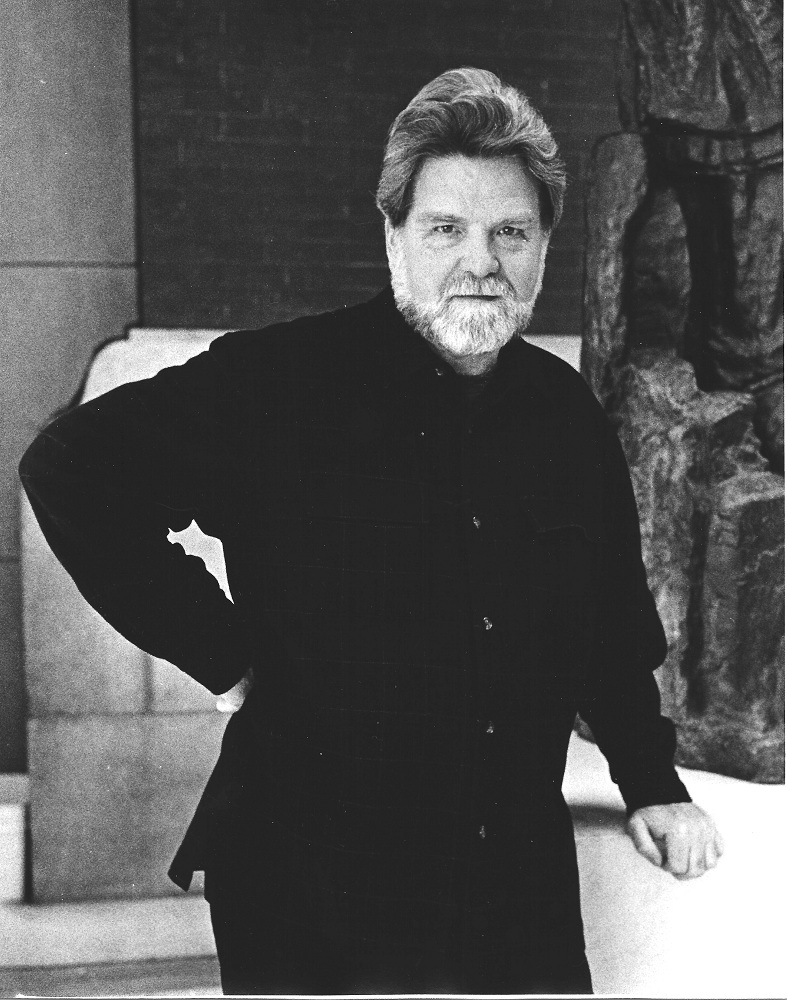
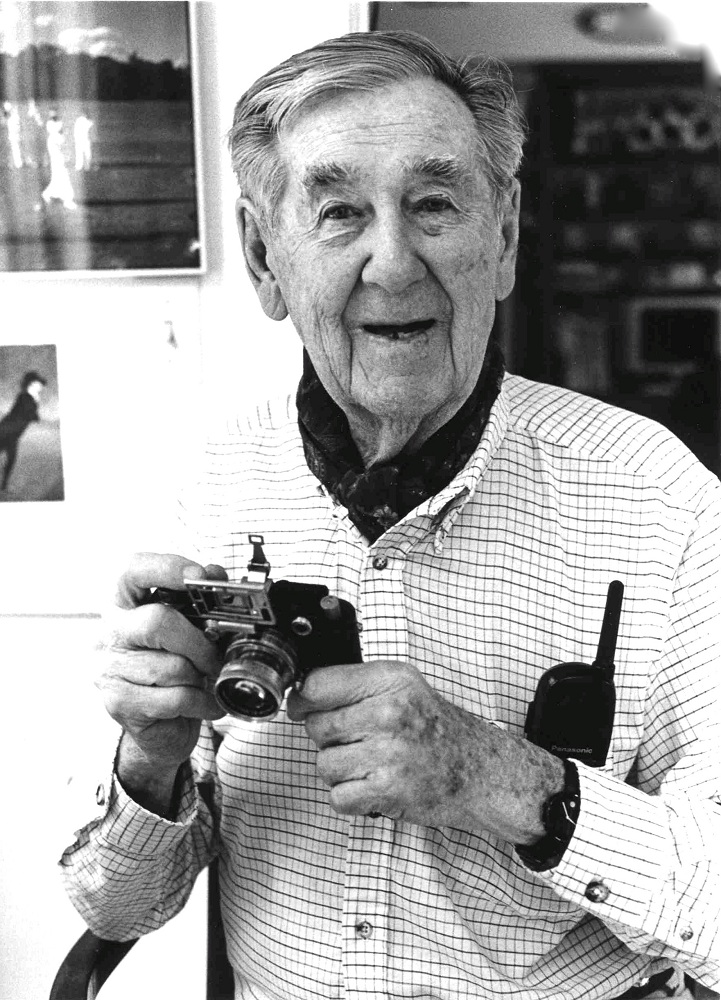
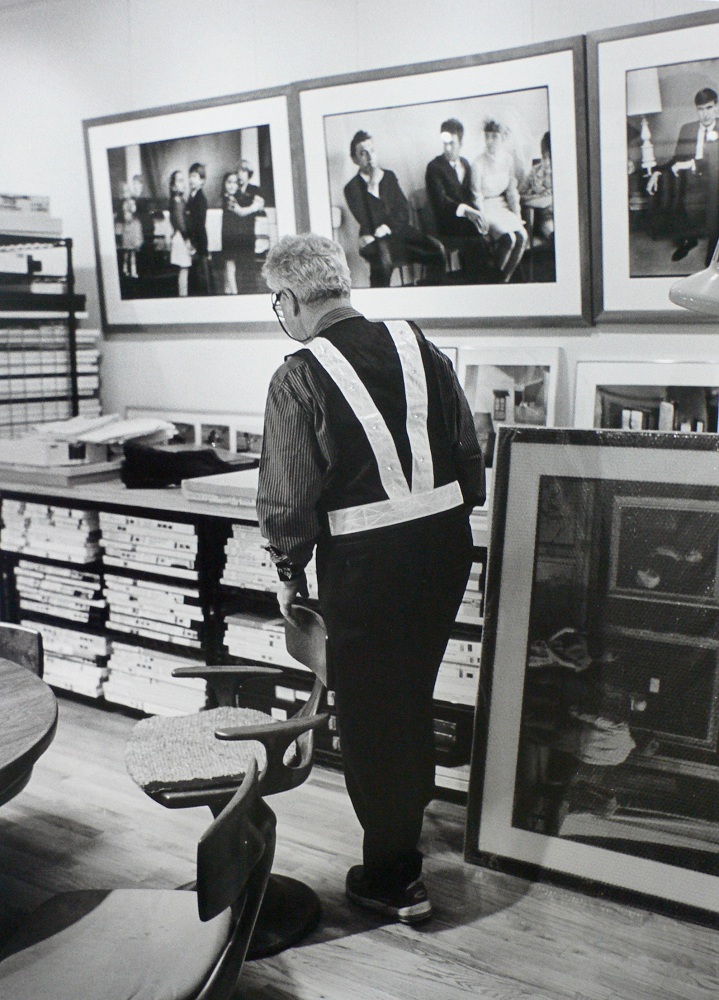
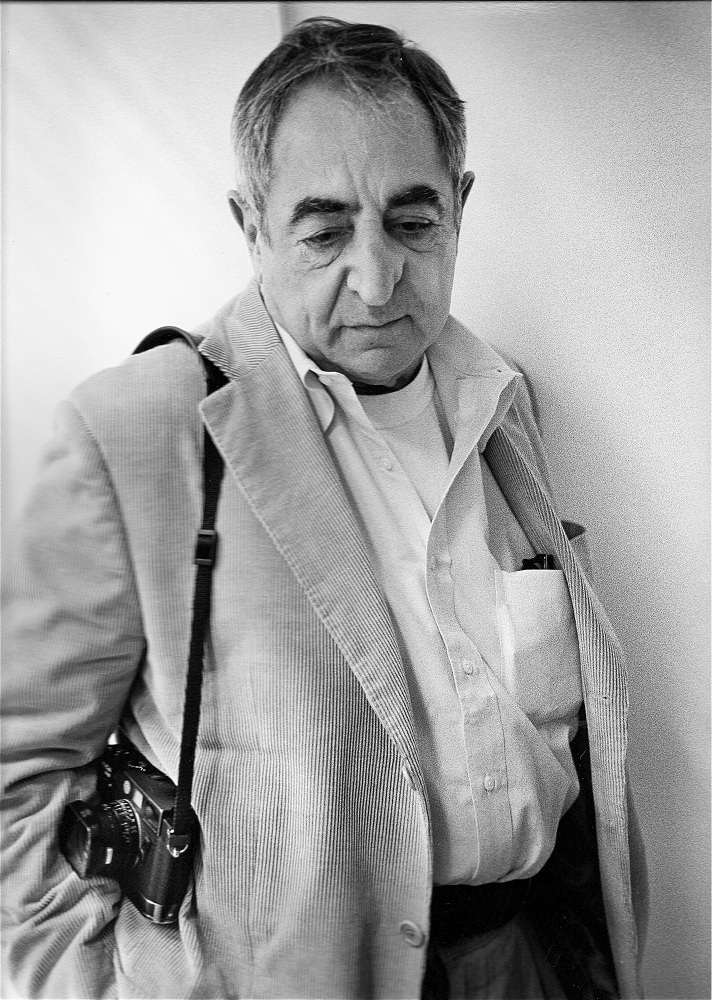
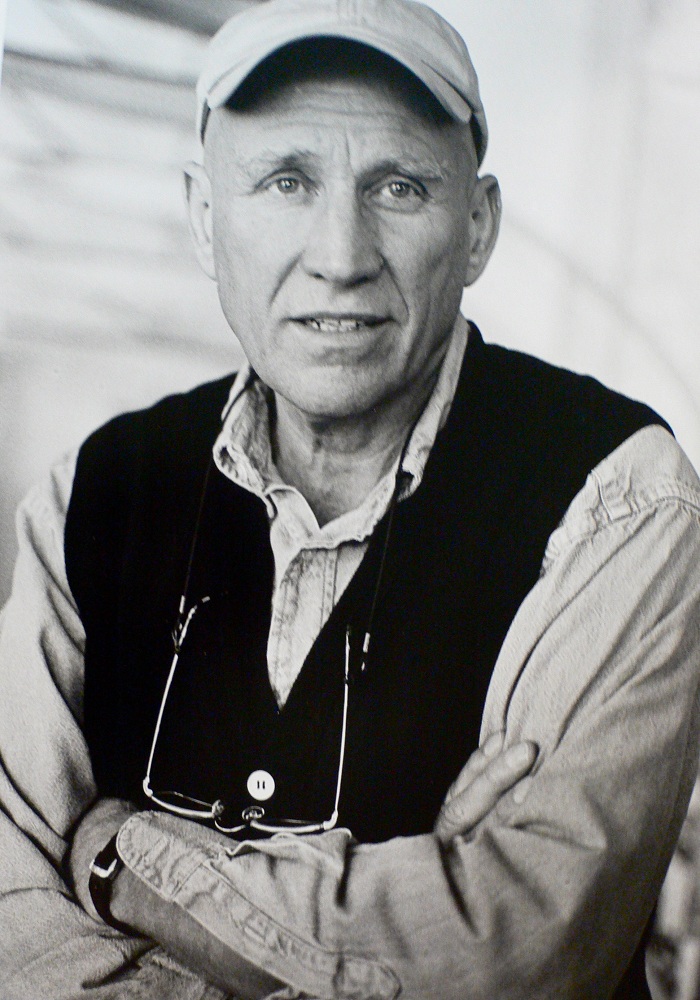
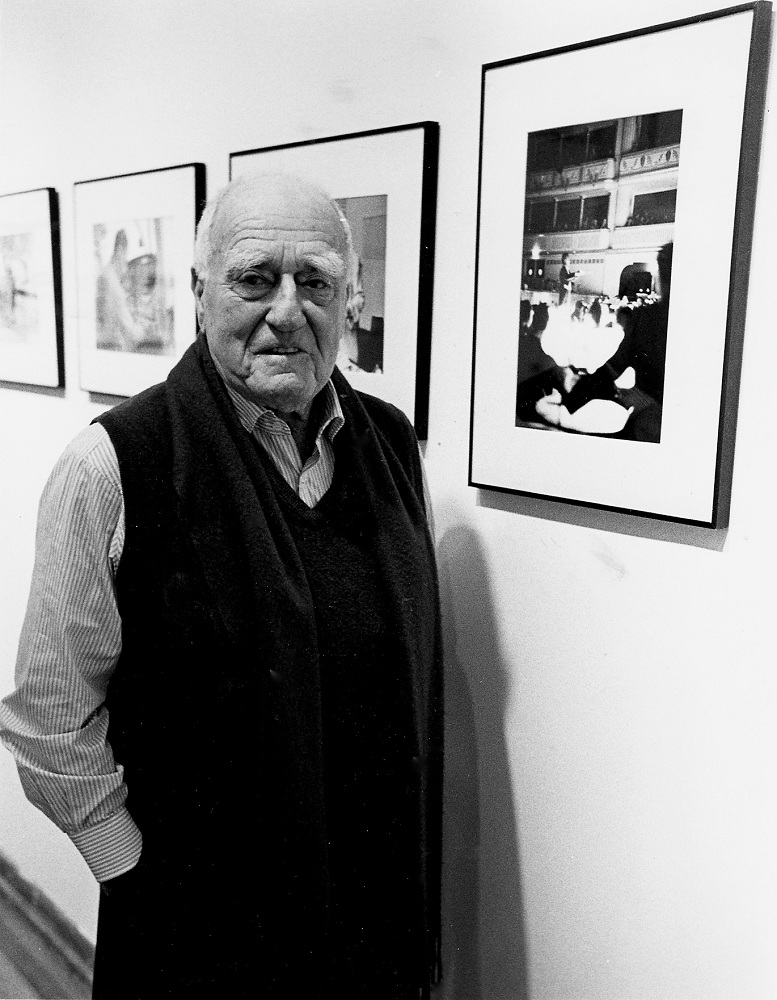
Comment (1)